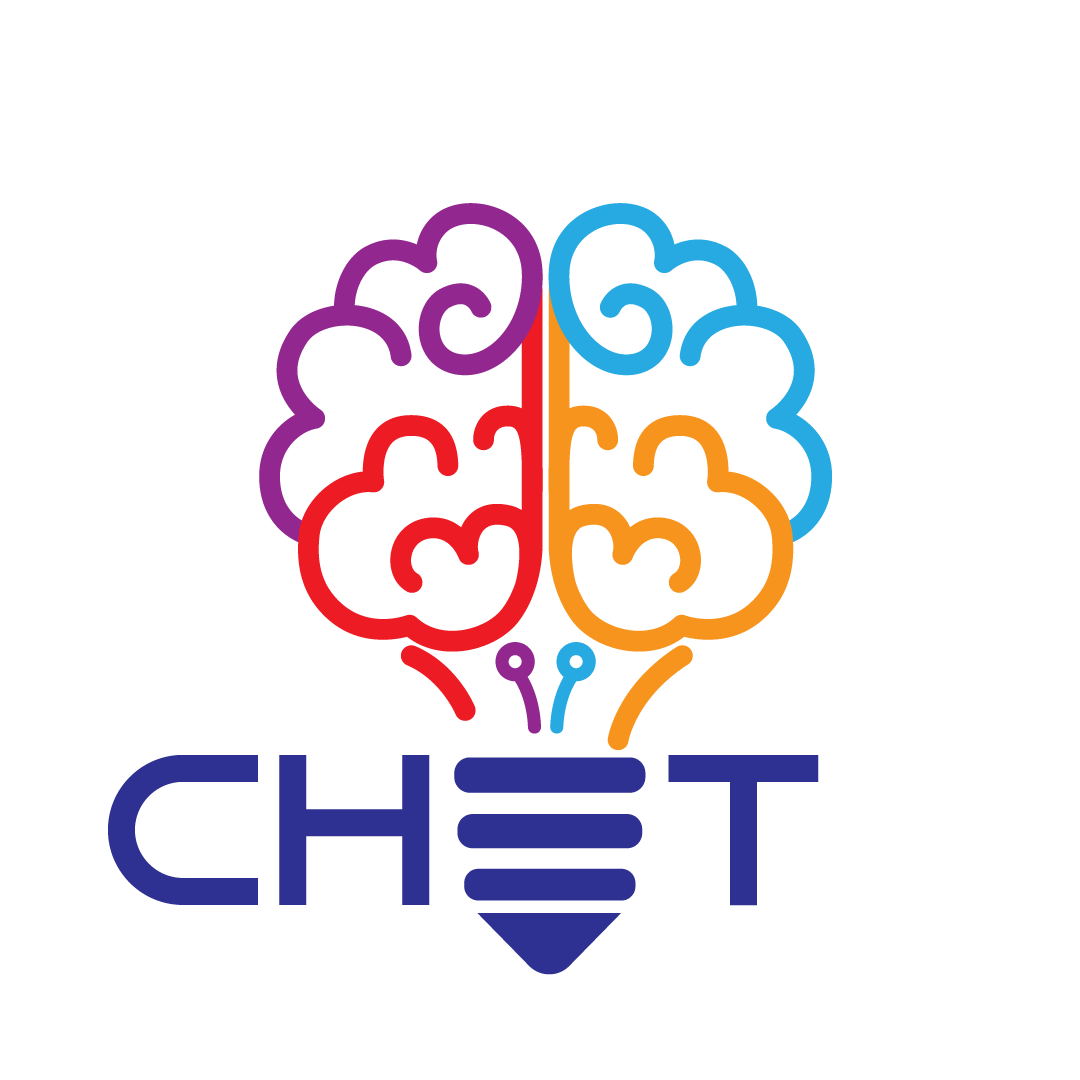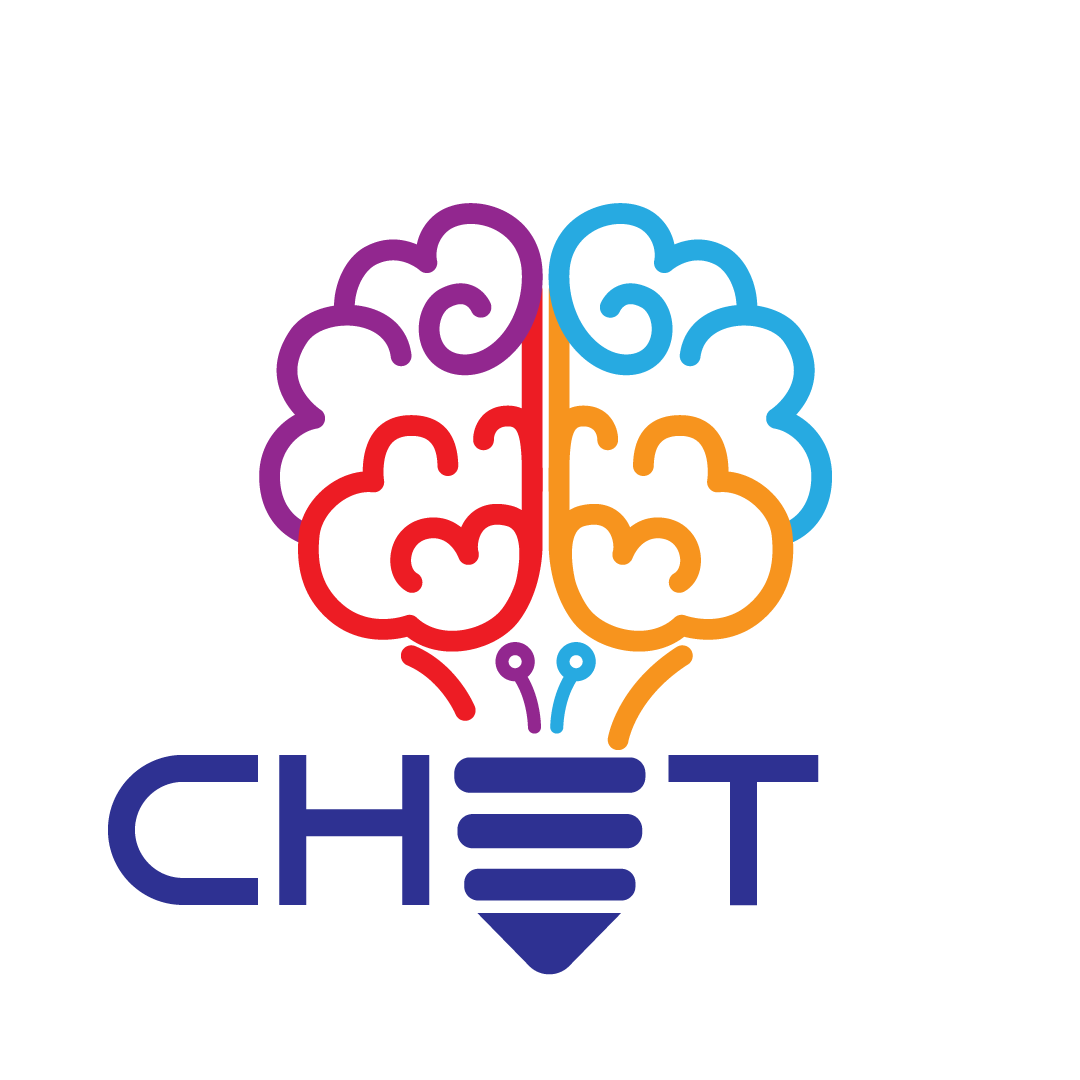
Creativity In Teaching
- /
Mind Mapping Technique
The mind mapping technique is a highly effective technique that is used to ensure the flow of information in the brain and to transfer information effectively.
Description
What is this technique about
The mind mapping technique is a highly effective technique that is used to ensure the flow of information in the brain and to transfer information effectively. Although they have various forms, they are structures in which information is organized with connections such as a simple, easily understandable line that spreads from a central point as a common point.
Where does it come from
The work of PhD. Gordon Howe and his friends from Exeter University constitute the basis of the mind mapping technique. It aims to enable the technical individual to use visuals effectively by embedding information in figures and visuals.
For which purposes it is used (why in your engineering teaching)
The mind mapping technique is a technique that can enable people to have meaningful and creative learning experiences with developing thinking skills, making connections between concepts and visualizing information. Creative thinking processes are frequently used in these group works.
In the field of engineering, the mind map is the most exemplary in the solution of design problems, but it is also useful in creating processes and other problem-solving.
General overview of how to implement it
Execution:
1. A wide working area is prepared where the work can be done. (If working with a paper, it is kept horizontal.)
2. It is important to make use of colours in drawing processes. Coloured pencils are used for this reason.
3. The title or main idea is determined for the study and written in the middle of the study area.
4. Key concepts are determined and written on the points determined by the connections from the middle point according to the level of relationship. It will be useful to order them clockwise while doing this distribution.
5. Then, the concepts created with connections are visualized. Pictures and symbols that the concepts evoke to you are drawn.
6. Finally, the links between related concepts are shown and the mind map is completed.
Materials/equipment needed
- Duct tape
- Paper, markers, flipchart
- Writing utensils, pen, pencil
Resources
References
Papers Mento, A. J., Martinelli, P., & Jones, R. M. (1999). Mind mapping in executive education: applications and outcomes. Journal of Management Development. Buran, A., & Filyukov, A. (2015). Mind mapping technique in language learning. Procedia-Social and Behavioral Sciences, 206, 215-218. Parikh, N. D. (2016). Effectiveness of teaching through mind mapping technique. The International Journal of Indian Psychology, 3(3), 148-156. Books
Buzan, T. (2006). Mind mapping. Pearson Education.

 (1).jpg)
